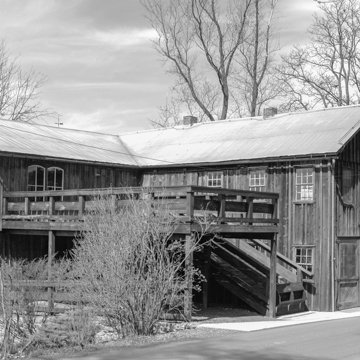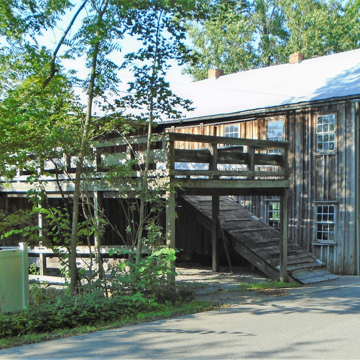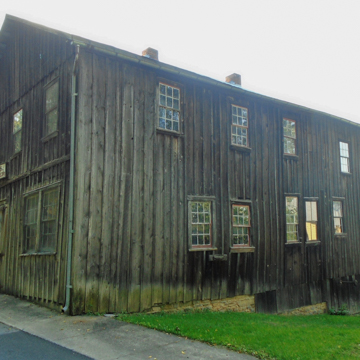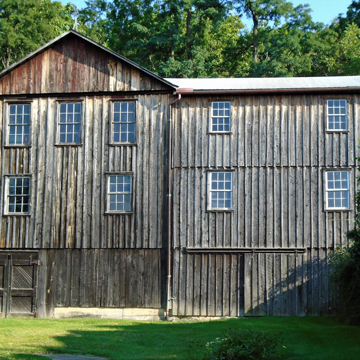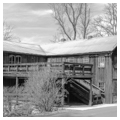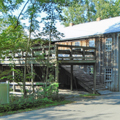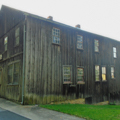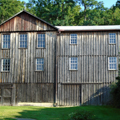You are here
Heiss Buggy Museum (Heiss Buggy Works)
The last nineteenth-century carriage shop preserved in the United States, Heiss Buggy Works operated from 1889 to 1920 and is now an industrial museum. The centerpiece is the coachworks, complete with original tools and equipment. Banked into the hill on the gable end to provide a ramp for vehicles, the L-shaped building was constructed of unpainted board and batten. On the ground floor, a forge and blacksmith's shop produced the vehicles' metal frames, while upstairs, carpenters made the wooden bodies, painted them in the trim shop, and fitted the buggy tops sewn in the stitching room. Nearby on the south side of Quarry Road is the repository and carriage house (1895) where vehicles were displayed and stored. The deteriorating building was reconstructed in 1993 and now exhibits buggies, carriages and sleighs, a mail truck, and a Conestoga wagon. Also open to the public is the clapboarded William A. Heiss House (1870) at 598 Green Street, with its period furnishings. At 5th and Green streets, a brick addition to a log house shows halftimber framing that is evidence of German construction systems reaching this area.
Writing Credits
If SAH Archipedia has been useful to you, please consider supporting it.
SAH Archipedia tells the story of the United States through its buildings, landscapes, and cities. This freely available resource empowers the public with authoritative knowledge that deepens their understanding and appreciation of the built environment. But the Society of Architectural Historians, which created SAH Archipedia with University of Virginia Press, needs your support to maintain the high-caliber research, writing, photography, cartography, editing, design, and programming that make SAH Archipedia a trusted online resource available to all who value the history of place, heritage tourism, and learning.















